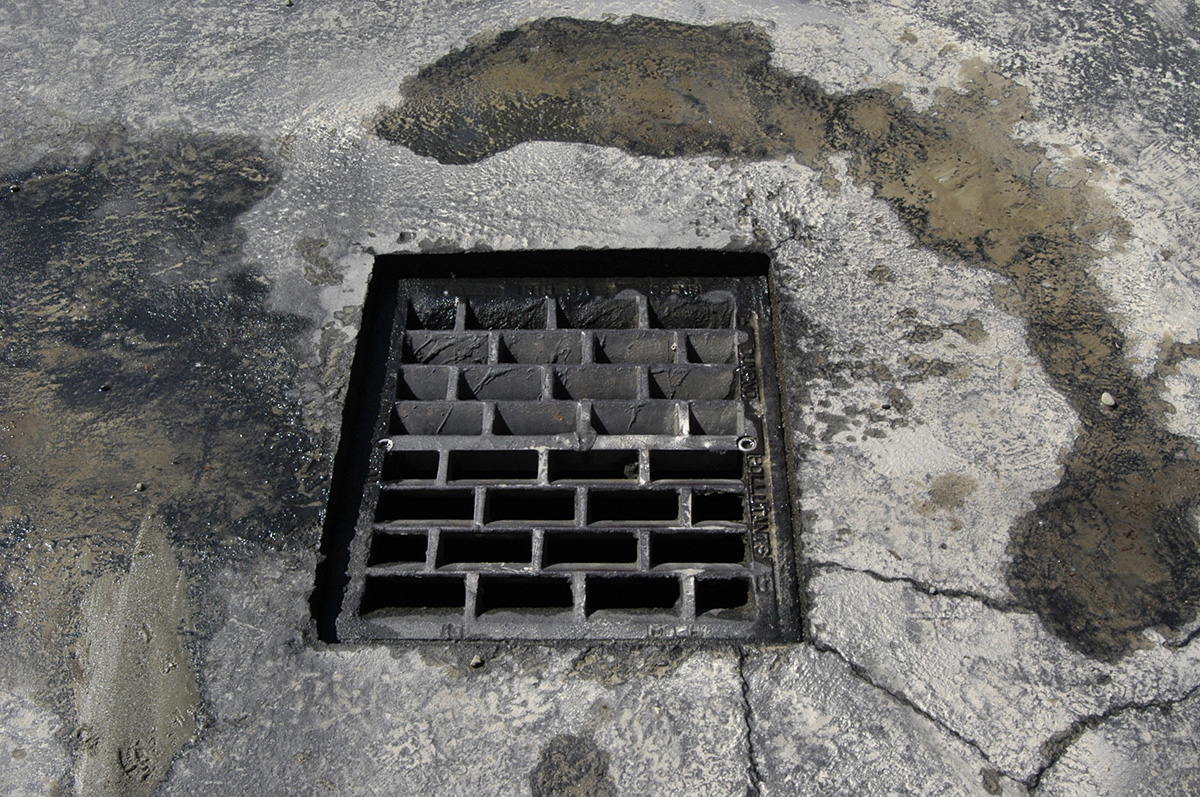Contact Us

Manhole Systems: Purposes and Custom Manhole Forms
Manhole systems play a crucial role in the infrastructure of urban and rural areas, serving as access points, drainage systems, and more.

Erosion can have negative impacts on the environment and human communities, such as loss of property, damage to infrastructure, and harm to wildlife habitats. It’s important to take steps to manage and prevent erosion on shorelines and work sites through proper planning, design, and maintenance. Technology advancements make it possible to combat this erosion in affordable ways.
Erosion is the process by which soil and rock are worn away by natural forces such as water, wind, and ice. There are several reasons why erosion can occur on shorelines and work sites:
Natural causes: Coastal erosion can be caused by natural forces such as wave action, currents, tides, and storms.
Human activities: Human activities such as construction, mining, and land development can increase erosion by altering the natural landscape and disrupting natural drainage patterns.
Climate change: Rising sea levels and increased storm activity caused by climate change can exacerbate erosion on shorelines.
Unsustainable land use: Unsustainable land use practices such as deforestation, overgrazing, and improper agricultural practices can increase erosion by removing natural vegetation that helps to hold soil in place.
Lack of proper maintenance: Erosion control measures like seawalls, jetties, and groins, need proper maintenance. If not done regularly, it might result in erosion.
Shoreline stabilization: Constructing seawalls, breakwaters, jetties, and groins can help to reduce wave energy and stabilize the shoreline.
Beach nourishment: Adding sand or another sediment to the beach can help to rebuild and protect the shoreline.
Building gabions: rectangular baskets of steel mesh are outfitted and filled with rocks and chunks of concrete and masonry scrap.
Stream and riverbank stabilization: Stabilizing streams and riverbanks through the use of vegetation, boulders, and other materials can help to reduce erosion.
Tree revetments: anchoring trees along a shoreline in order to trap silt and slow the water along the bank is effective, but costly.
Rain gardens and bio-retention: Building rain gardens and bio-retention systems can help to reduce stormwater runoff and prevent erosion.
Slope stabilization: Stabilizing slopes with vegetation, retaining walls, or other materials can help to reduce erosion.
Conservation tillage: Implementing conservation tillage practices in agriculture can help to reduce soil erosion by decreasing the amount of tillage required.
Riparian buffer zones: Planting vegetation along streams, rivers, and wetlands can help to reduce erosion by slowing water flow and protecting stream banks.
Shoreline regulations and zoning: Regulating development and land use near shorelines can help to protect against erosion by limiting the amount of construction and development in these areas.
The army corps of engineers is one place to start. They can let you know if there are any restrictions against the sort of erosion prevention you intend to use. Your local municipality, of course, needs to be notified so you can be sure the work you are doing is by the book.
For some expert advice, you can reach out to us at (386) 465-2187 and see if we can assist you with your project. Getting the zoning and red tape out of the way so that you can begin retention methods can’t be rushed, but we can help you get things right the first time around.

Manhole systems play a crucial role in the infrastructure of urban and rural areas, serving as access points, drainage systems, and more.

Living by the coast is a dream for many, offering a tranquil and stunning backdrop for daily life. Seawalls protect the integrity of coastal properties

Living by the shore in Florida can be a dream for many homeowners. The salty breezes, the crashing waves, and the stunning sunrises paint a picture

While living on the waterfront offers advantages, it also exposes properties to vulnerabilities such as erosion, flooding, and pests.

Are you a property or business owner looking for ways to protect your property and the surrounding environment?

Sewers play a vital role in making our cities and towns more livable, healthier, and safer. They effectively transport human
Contact Us


Please fill out the form below if you have any questions or give us a call at (386) 681-8105.